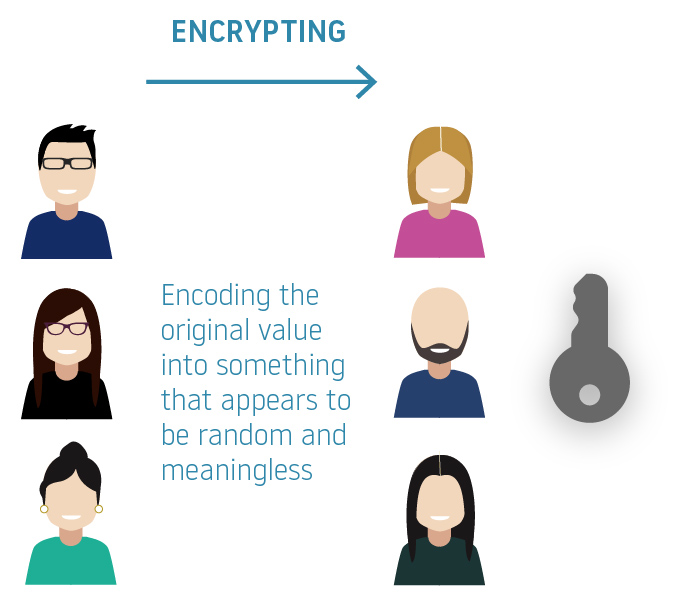A unique identifier is an attribute (usually a number, code or piece of information) which is guaranteed to be unique among all of the used identifiers. For instance, the serial number of your phone or your DNA information are unique identifiers. In these examples, the identifier is linked to an specific individual: either an object or a human being. There exists more than 1 billion iPhones, but there isn’t any repetition of the serial numbers. You may share 99% of DNA information with someone else, but the full DNA full sequence is unique for every organism.
Researchers, engineers and data scientists apply data anonymization in various technical endeavours and prevent unique identifiers being “published”. This protects individual’s privacy and personal information, while ensuring the data is still valid for proposed objective. There are two ways of anonymizing data:





